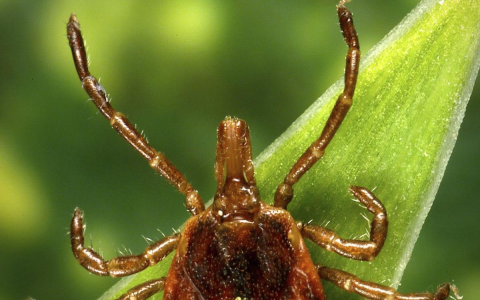So, I found myself wondering about this recently. You know, you hear things, bits and pieces, especially when you spend any time outdoors in a place like South Carolina. I was planning a hike, nothing too crazy, just a walk in the woods, and it hit me – what’s the real story with ticks and Lyme disease down here? I’ve heard folks say it’s not a big deal in the South, others say it’s everywhere. It gets confusing, fast.
I figured I couldn’t just go on hearsay, especially with something like Lyme. So, I decided to do a bit of digging myself. Not like a scientist, mind you, just a regular person trying to get a clear picture. My first step was just generally looking around online, trying to see what the local buzz was, what people were saying. And let me tell you, it was a mixed bag. Some articles were super technical, full of jargon I didn’t care for, and others were just personal anecdotes, which are fine, but not always the whole story.

My Journey to Find Some Answers
I really wanted to understand the risk, you know? Is it something I genuinely need to be super vigilant about, or is it overblown? I spent a good chunk of an afternoon just sifting through information. You’d think it’d be straightforward, but nope. One site would say one thing, another would have a slightly different take. It felt like trying to nail Jell-O to a wall sometimes. I was looking for something plain, something easy to understand for someone who isn’t a medical professional.
Eventually, I started to see a pattern emerge after looking at what seemed like more reliable sources, you know, the less flashy ones that just presented information. It wasn’t about one single “aha!” moment, but more like piecing together a puzzle.
What I Figured Out About Ticks in SC
So, here’s what I gathered from my little investigation. Yes, ticks in South Carolina absolutely can carry Lyme disease. That much became pretty clear. It’s not just a northern thing, despite what some people might still believe. The main tick people pointed to was the black-legged tick, also known as the deer tick. Apparently, that’s the primary carrier.
Now, the thing is, while the risk is there, it might not be as crazy high as in some other parts of the country, say, the Northeast. But, and this is a big but, the risk is definitely not zero. It’s present. I also learned that Lyme isn’t the only nasty thing these ticks can pass on. There’s a whole bunch of other tick-borne illnesses to be aware of, which honestly, I hadn’t given much thought to before.
So, the idea that you can just wander around in grassy, wooded areas in SC and not worry about ticks and Lyme? That’s just not accurate, based on everything I managed to find. It’s something you genuinely need to keep in the back of your mind.
My takeaway from all this? It’s all about being sensible. I’m not going to stop enjoying the outdoors, no way. But I’m definitely more conscious now. Here’s what I’ve started doing, and what I’d tell anyone:
- Use repellent: Seriously, this is a no-brainer. One that actually works on ticks.
- Check yourself: After being outside, especially in tick-heavy areas, do a thorough check. Hair, behind the ears, armpits, groin, behind the knees – all the lovely spots they like to hide.
- Check pets too: If you’ve got a dog or cat that goes outside, they’re tick magnets.
- Dress smart: Light-colored clothing can make it easier to spot ticks. Tucking pants into socks if you’re really going into the thick of it isn’t a bad idea either, even if it looks a bit dorky.
It’s not about being paranoid. It’s just about being aware and taking some simple steps. For me, knowing the reality of the situation, that yes, Lyme is a concern in South Carolina, means I can be better prepared. And that’s always a good thing, right? No one wants to deal with the aftermath of a tick bite if they can help it. So, yeah, that was my little journey into the world of South Carolina ticks and Lyme disease. Stay safe out there!



















